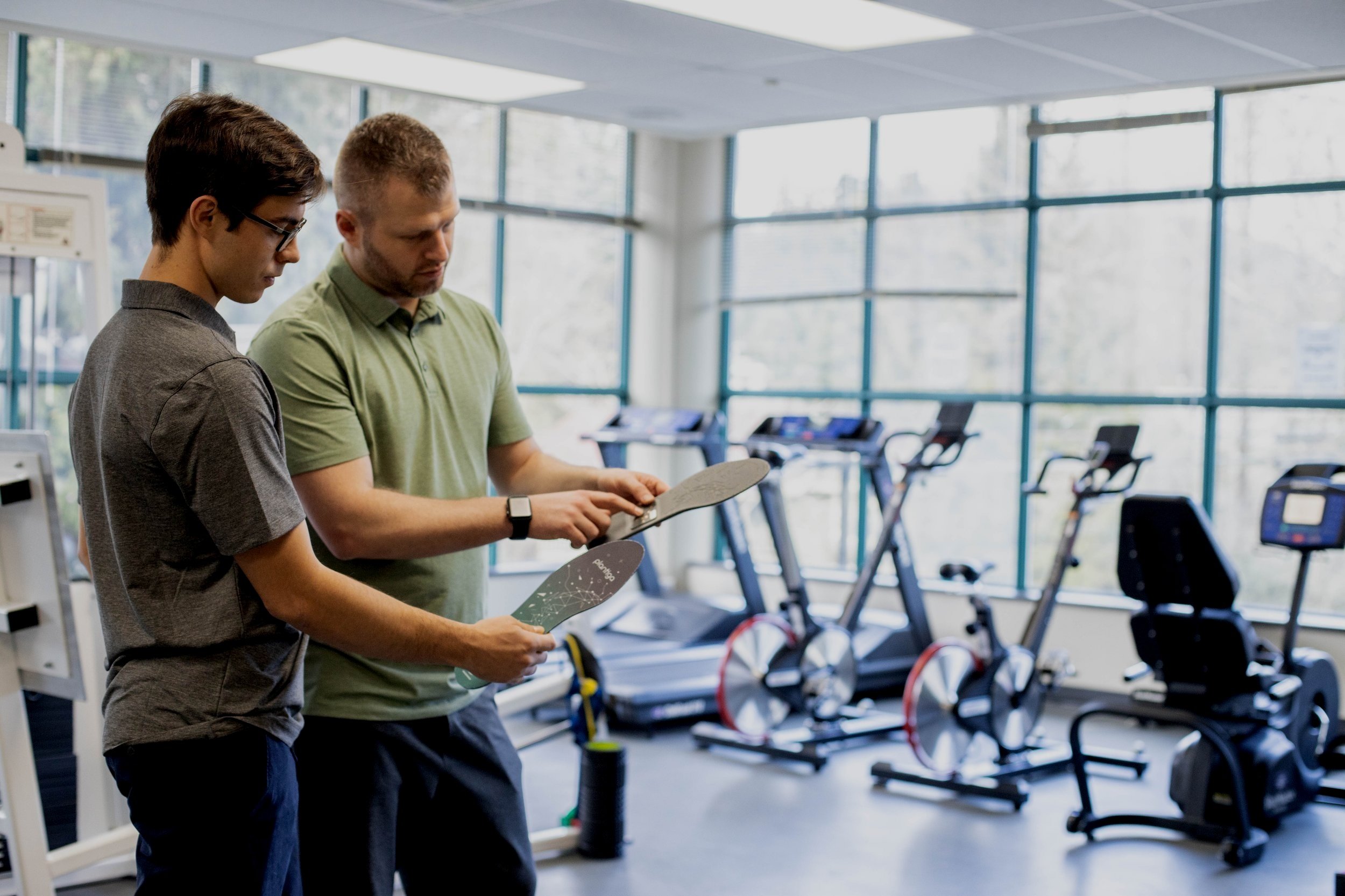What Asymmetry Testing Really Tells Us: Part 3
In Part 2 of this blog series, we discussed situations where traditional asymmetry testing might not be powerful enough to capture all the pieces needed to complete an athlete’s whole movement puzzle picture. Here, we will discuss how practitioners can apply this within their practice!
Use asymmetry testing as a power boost to generate better performance outcomes.
While limb asymmetry assessments are pillars of movement health and return to sport functional milestones, determining readiness to return to activity is multifactorial. In this blog series, we’ve only scraped the surface of the nuances of asymmetry in sports performance, injury mechanisms, and rehabilitation. Here are some actionable guidelines for leveraging asymmetry testing in your practice.
Capturing asymmetries is essential, but make sure to use all the tools in your movement health toolbox.
Completing an athlete’s movement health picture requires more than quantifying how one limb performs compared to the other. Instead, aim to capture their overall athletic robustness and resilience to future injury by:
1. Assessing each limb's performance separately to determine if it meets the minimum requirements for their respective sport. The figure below compares an athlete’s single leg jump heights to sport-specific population norms. Whether or not their limb performances are deemed satisfactory will depend on what sport they actually participate in.
2. Assessing each limb’s joint coordination strategies to identify potential muscle-specific performance deficiencies. If one muscle group is working a lot harder than others, it creates a performance bottle-neck that necessitates either:
Adapting their movement strategy to transfer loading demands in an attempt to sustain performance, or
Constraining their movement strategy and potentially increasing the risk of injury at the “weakest-link”.
For instance, a recent investigation by Romero and colleagues (2022) looked to better understand the role that fatigue plays in increasing the risk of hamstring strains in football players, by looking at the different ways that they can adapt their movement strategies while consecutive sprint drills were completed. Several clusters were revealed for the changes in sprint mechanics, which may be attributed to different load transfer compensation strategies.
Representation of how sprint kinematics at touchdown change with fatigue (Romero V, Lahti J, Castaño Zambudio A, Mendiguchia J, Jiménez Reyes P, Morin J-B. Effects of Fatigue Induced by Repeated Sprints on Sprint Biomechanics in Football Players: Should We Look at the Group or the Individual? International Journal of Environmental Research and Public Health. 2022; 19(22):14643. https://doi.org/10.3390/ijerph192214643)
3. If both conditions above are checked, use asymmetry testing to monitor the athlete’s movement readiness throughout the competitive season, where regressions in their asymmetry metrics past acceptable percentage thresholds should raise an injury-risk red flag. In turn, progression in asymmetry performance can be used to raise an activity readiness green flag for injured athletes, that can be followed up by complete readiness to return to sport.
Choose specific and reliable assessments, and monitor changes in movement patterns in the real world, as that’s where injuries happen.
Let’s face it… Biomechanics are complex, and there is a disconnect between the current state of knowledge on activity performance determinants in the research and in the real world, where things get messy. The consequences are suboptimal rehab outcomes, as decisions are made from incomplete “pictures” of movement health.
Don’t jump the gun. Test movement patterns in sport-specific situations and make data-driven decisions for the safety of your athletes. For more info on specific tests and protocols, check out our Testing Page.




